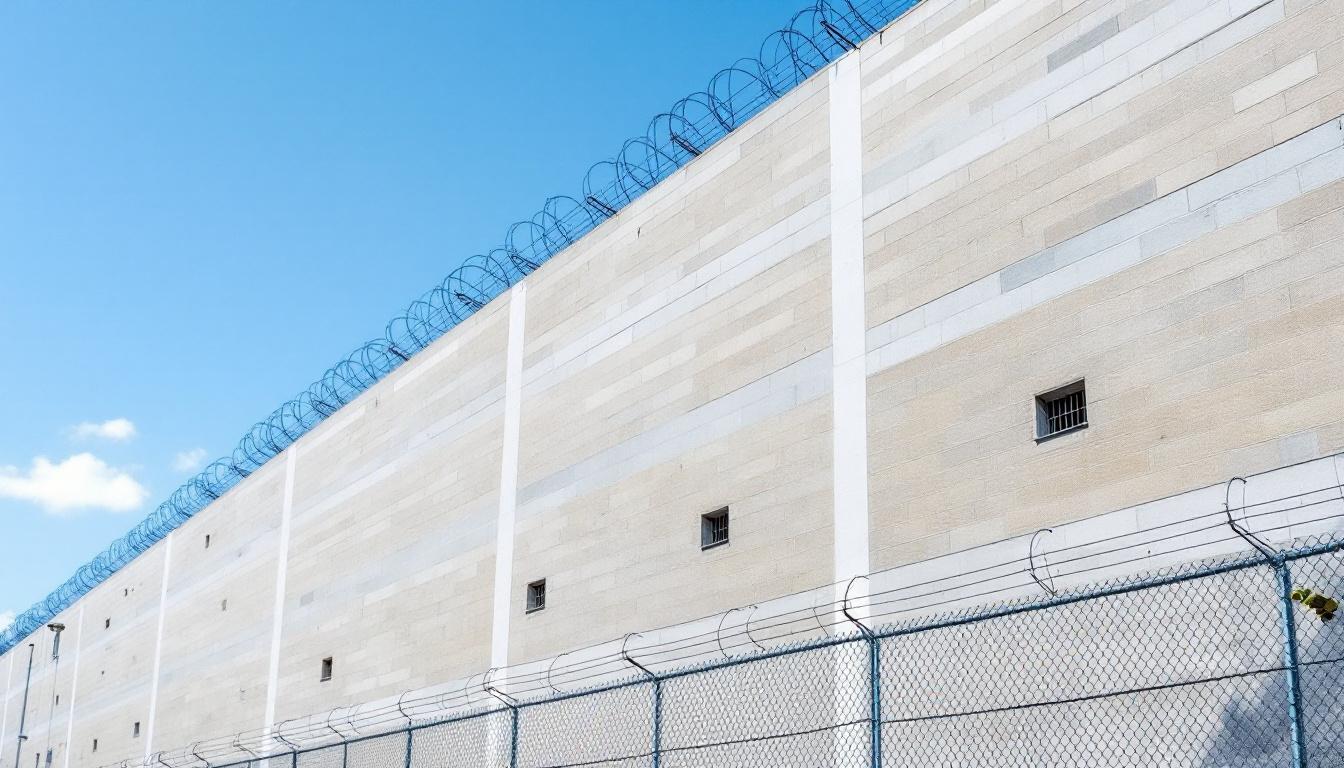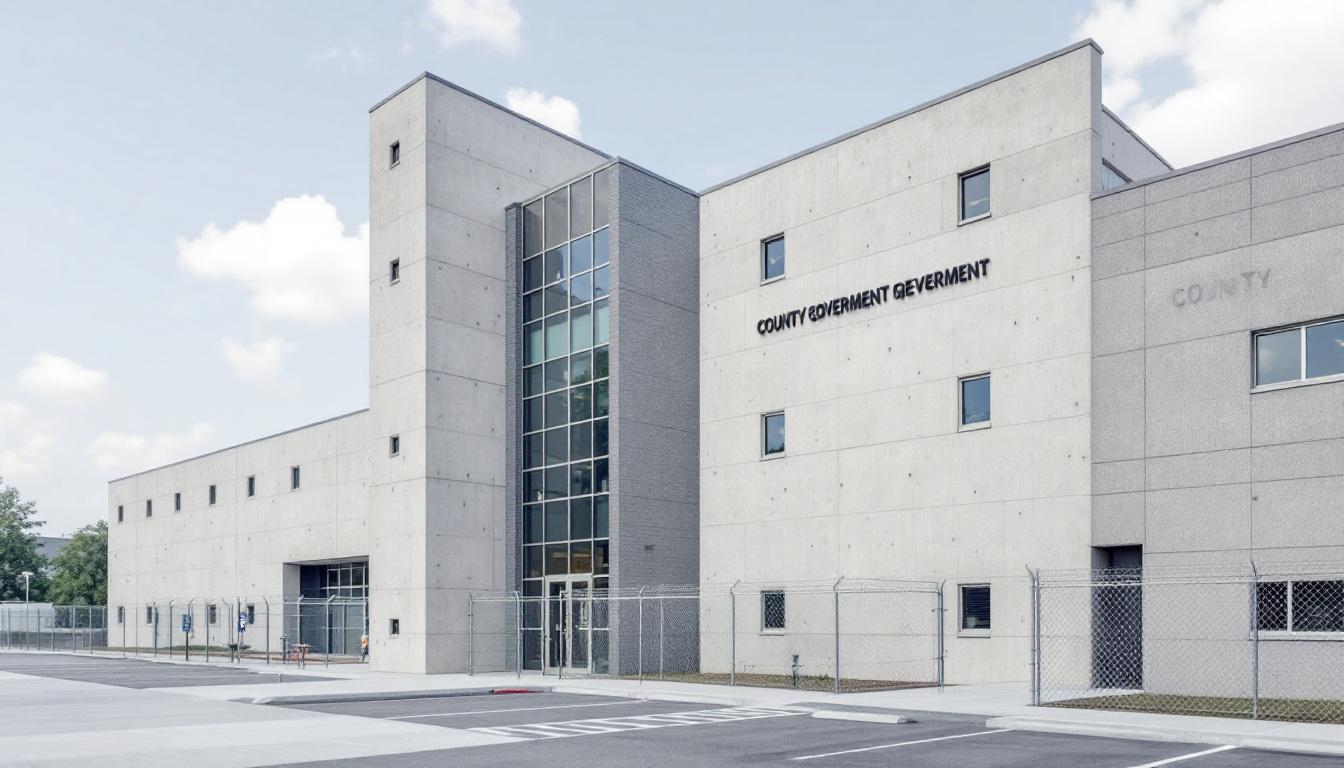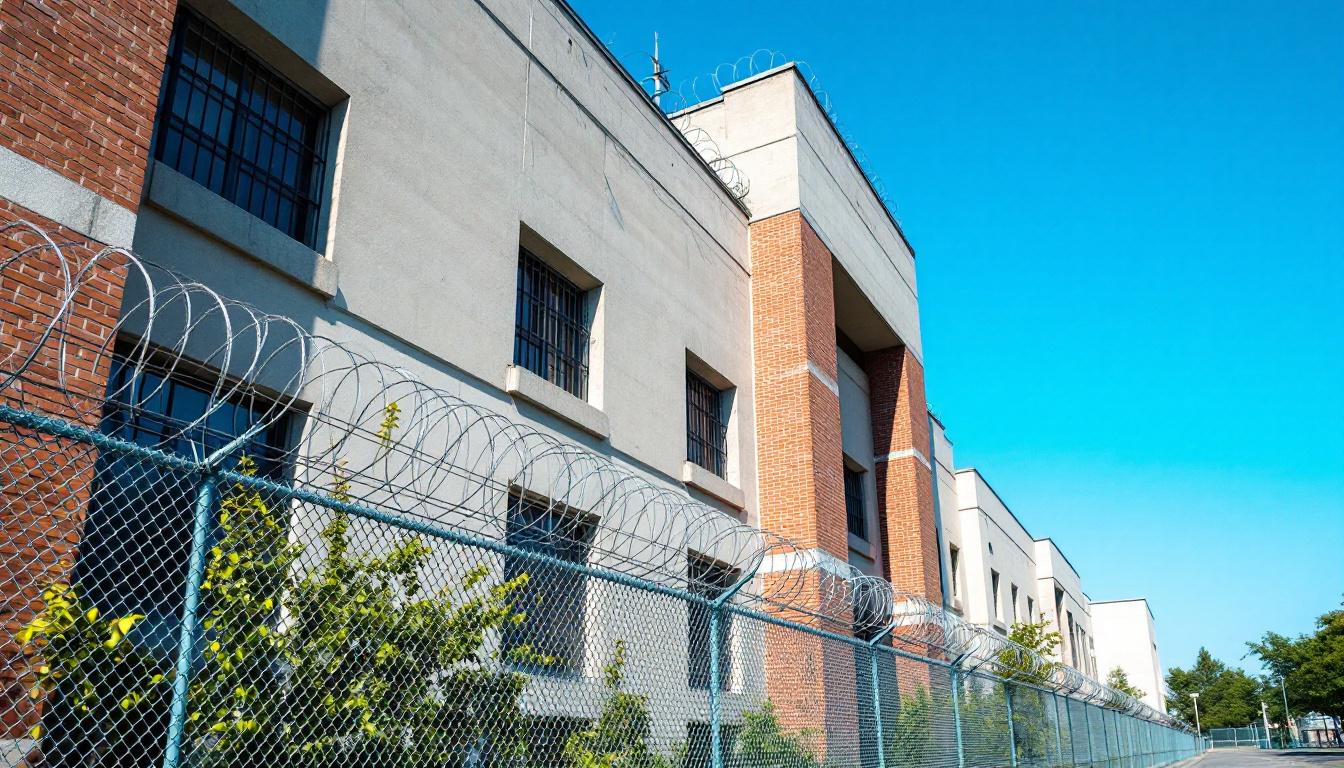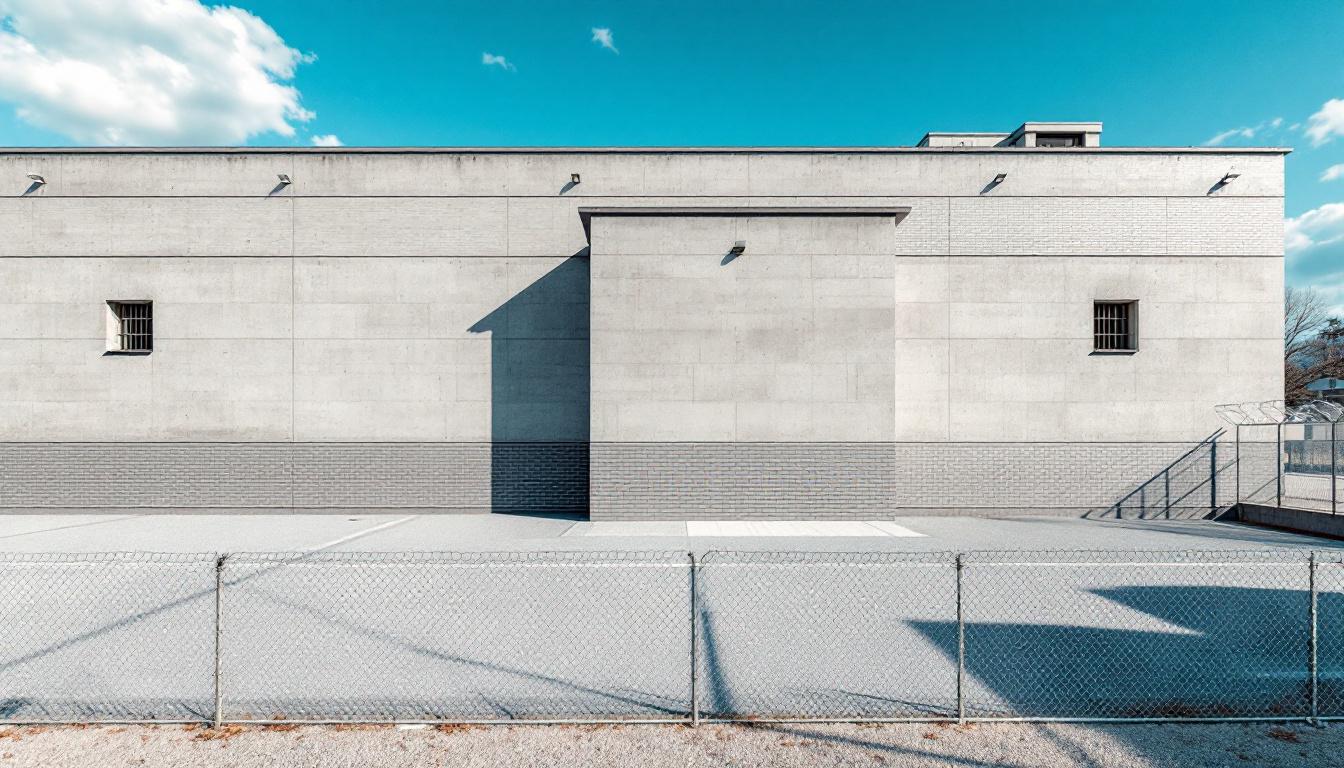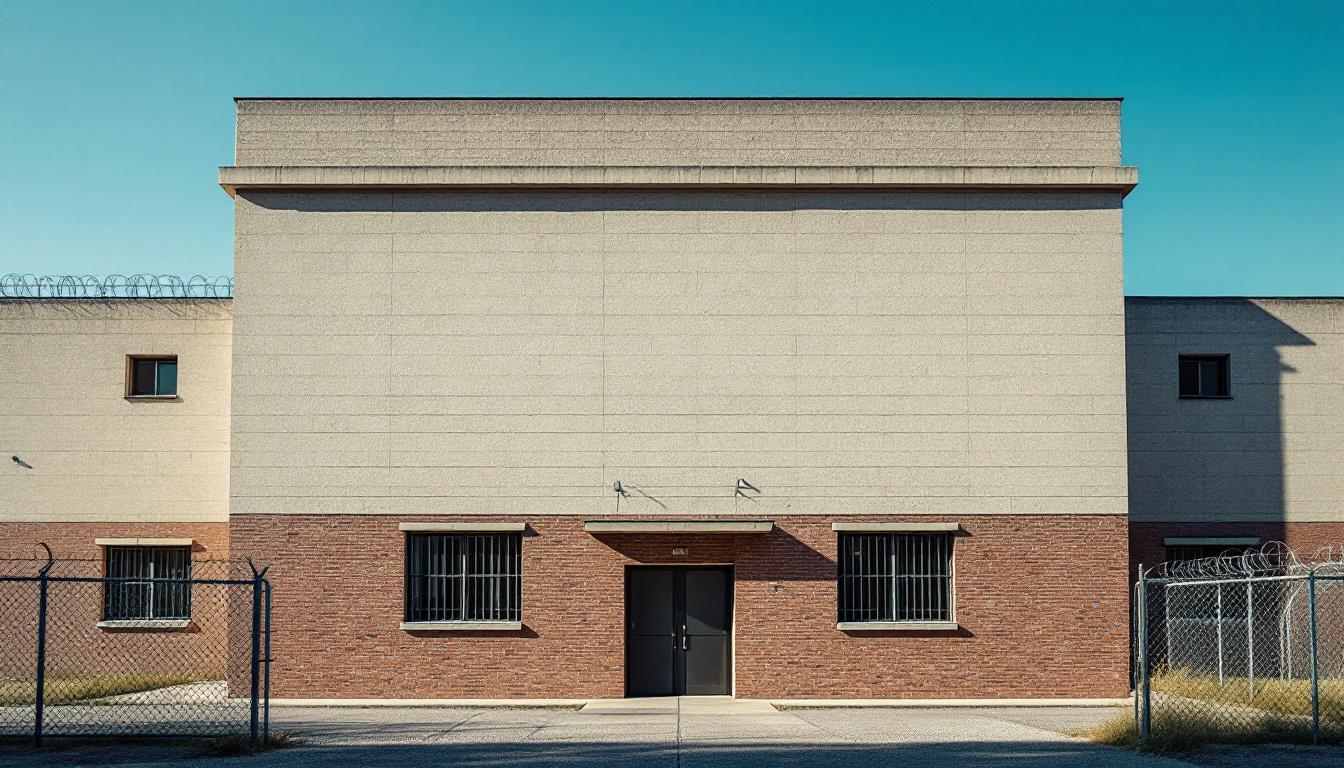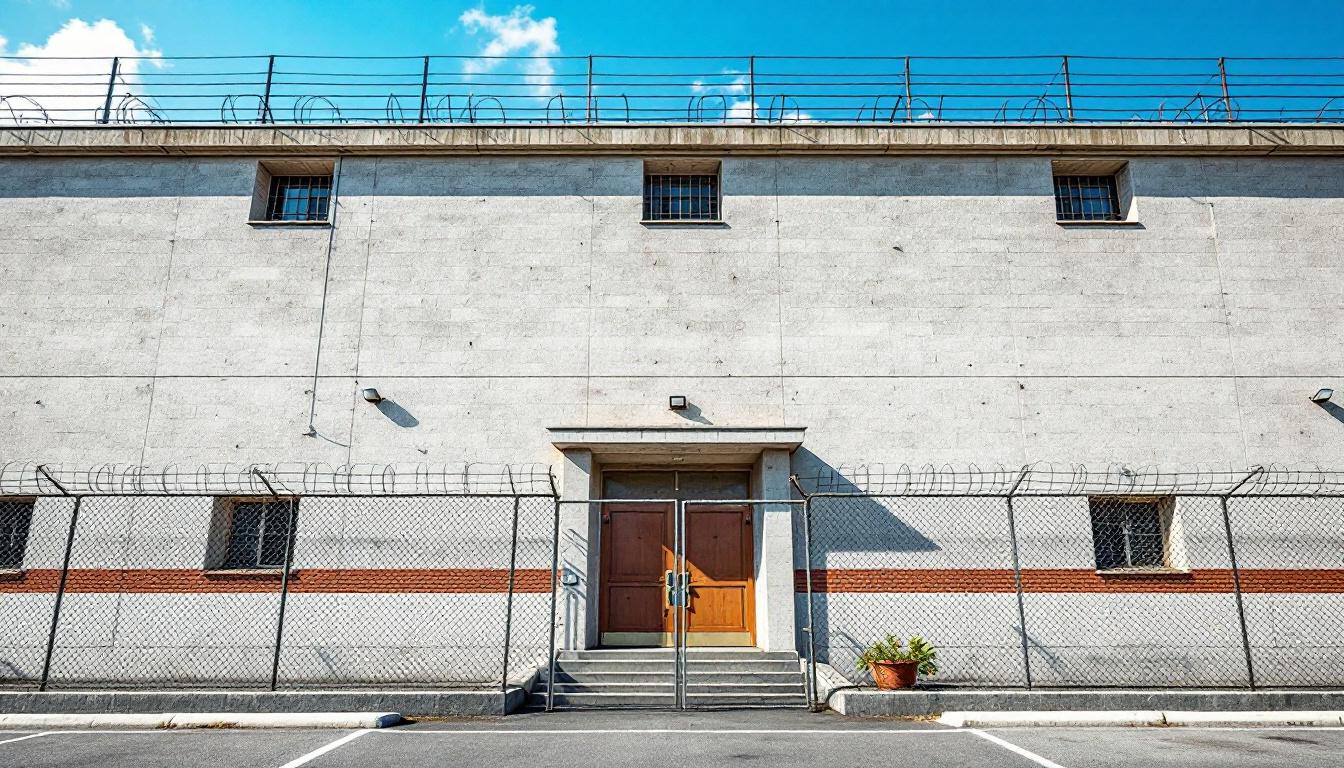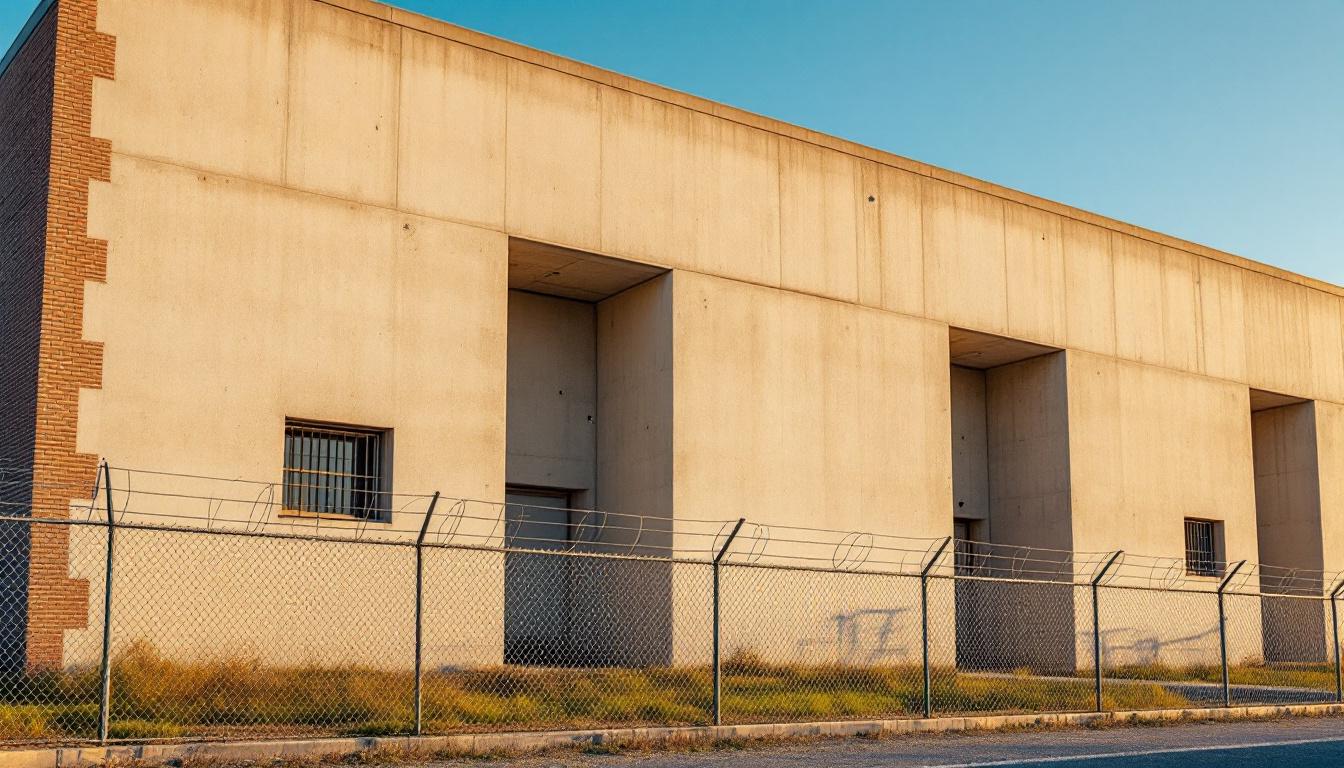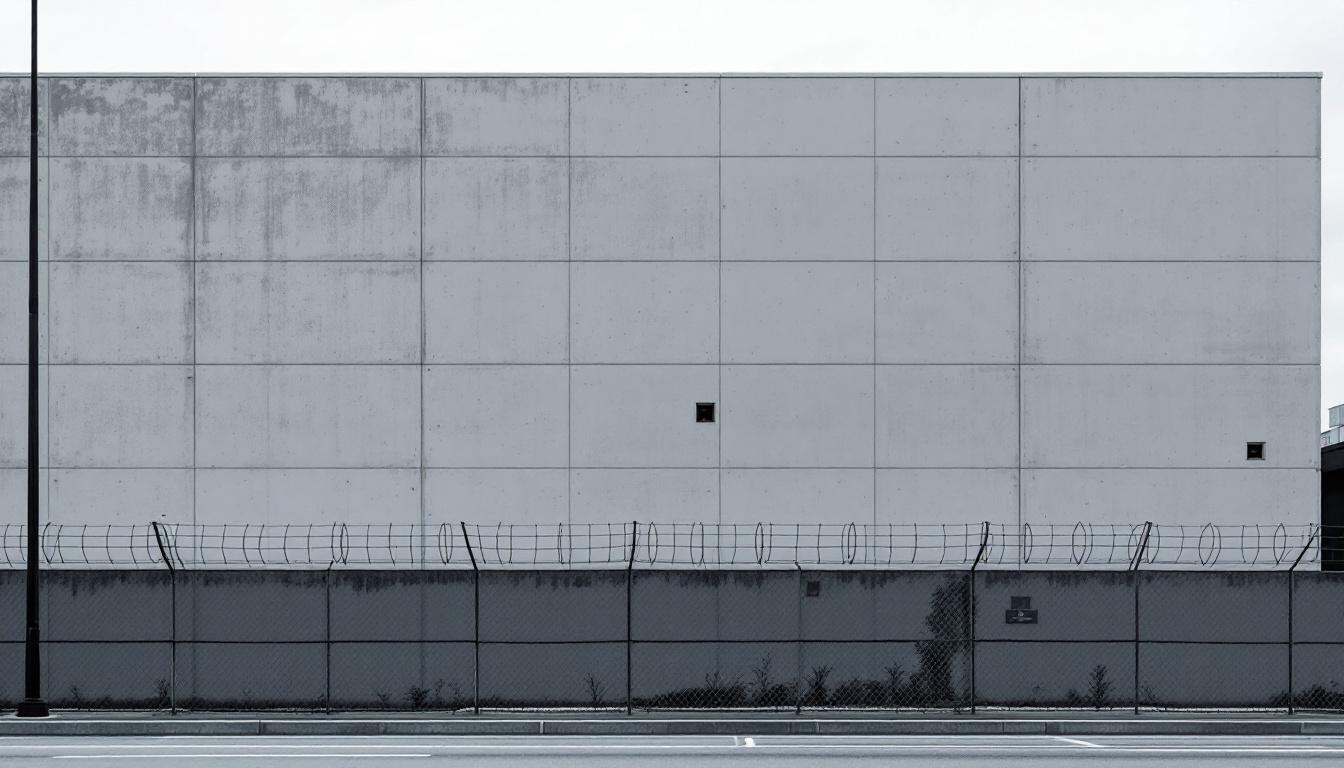
Quick Navigation
How to contact an inmate at Carol S. Vance Unit
This comprehensive guide will walk you through how to connect with an inmate at Carol S. Vance Unit. Follow the steps below to find an inmate and send letters and photos:
- Search for the inmate using our search tool below
- Create your account or log in to Penmate
- Write your message (up to 6,000 characters)
- Send instantly - inmates receive printed copies daily
Find an Inmate
Search for an inmate to start communicating today
Tip: You can search by first name, last name, or inmate ID number
To contact a person at Carol S. Vance Unit start by searching for the person on the official facility website. Perform a search by following these steps:
- Step 1: Enter their first name and last name into the search form and click "Search"
- Step 2: Locate their inmate record
- Step 3: Write down their Inmate ID and any housing information provided
Important! Be sure to enter the person's full name. Nicknames should not be used.
How to Send Messages to Inmates

You can use your phone or computer to send emails, letters, and photos to an inmate. Messages are sent electronically to inmate tablets or kiosks at the facility. If you would like to send a message, start by searching for an inmate at Carol S. Vance Unit.
Sending Photos and Postcards

A great way to send love and support to a loved one at Carol S. Vance Unit is to send photos and postcards. It only takes a few minutes to send photos from your phone and it makes a huge difference. You can also mail postcards with words of support and inspiration, or design your own postcard for special moments like birthdays and holidays.
Important! Be sure not to send any explicit photos or they may not be approved by the facility. You can also use a photo printing app like Penmate to make sure your photos are printed at the correct size (4x6 or 3x5) and are mailed according to the rules and regulations of Carol S. Vance Unit.
Frequently asked questions about Carol S. Vance Unit
-
How long does it take to deliver a message?
If you're sending an email message your letter is usually delivered within 24-48 hours. For messages sent via mail you should expect delivery within 3-7 days. All messages will need be approved by Carol S. Vance Unit.
-
How much does it cost to send a message to Carol S. Vance Unit?
You can send a message free using your phone or mail a message via USPS for the price of a $0.60 stamp and envelope. You can also purchase credits or e-stamps from services starting at $1.99.
-
What services can I use to contact an inmate at Carol S. Vance Unit?
Penmate
You can use Penmate to send letters and photos to an inmate from your phone. It's an easy way to stay in touch during your loved one's incarceration. Use the inmate locator to find an inmate's location and contact information, then you can send messages within a few minutes.
Securus messaging
Securus may be another option for communicating with an inmate at Carol S. Vance Unit. You can create a friends and family account and purchase credits to send messages. All messages will be reviewed and must be approved by the facility.
JPay
Some county jails and state prisons may support sending messages with JPay. You must register an account with the system, find your loved one, and purchase stamps to send messages. For some locations you can also attach photos.
Smart Jail Mail
You may also check if Smart Jail Mail is available at Carol S. Vance Unit. Smart Jail Mail is operated by Smart Communications and has contracted with some state and county jails. After purchasing credits, your messages and photos are sent to the facility, printed out, and then handed out to your loved one.
-
What is the mailing address of Carol S. Vance Unit?
Mailing address:
Carol S. Vance Unit
2 Jester Rd
Richmond, TX 77406
Phone: (281) 277-3030 -
What are the visiting hours at Carol S. Vance Unit?
Visiting hours at Carol S. Vance Unit vary by housing unit and security level. Generally, visits are scheduled on weekends and holidays, with some facilities offering weekday visits. Contact the facility directly at (281) 277-3030 or check their website for the current visiting schedule. Visits typically last 30-60 minutes and must be scheduled in advance.
-
What items are prohibited when sending mail to Carol S. Vance Unit?
Prohibited items typically include: cash, personal checks, stamps, stickers, glitter, glue, tape, staples, paperclips, polaroid photos, musical or blank greeting cards, hardcover books, magazines with staples, and any items containing metal or electronics. Only send letters on plain white paper with blue or black ink. Photos must be printed on regular photo paper (no Polaroids). Always check with Carol S. Vance Unit for their specific mail policies.
-
How do I send money to an inmate at Carol S. Vance Unit?
You can send money to an inmate at Carol S. Vance Unit through several methods: 1) Online using JPay, Access Corrections, or the facility's approved vendor, 2) Money orders mailed directly to the facility with the inmate's name and ID number, 3) Kiosks located in the facility lobby, or 4) Over the phone using a credit or debit card. Fees vary by method, typically ranging from $2.95 to $11.95 per transaction.
-
Can I schedule a video visit with an inmate at Carol S. Vance Unit?
Many facilities now offer video visitation as an alternative to in-person visits. At Carol S. Vance Unit, video visits may be available through services like Penmate, Securus Video Connect, GTL, or ICSolutions. Video visits typically cost $10-20 for 20-30 minutes and must be scheduled in advance. You'll need a computer or smartphone with a camera and reliable internet connection. Contact the facility for their specific video visitation policies and approved vendors.
-
What identification do I need to visit an inmate at Carol S. Vance Unit?
All visitors must present valid government-issued photo identification such as a driver's license, state ID, passport, or military ID. Minors must be accompanied by a parent or legal guardian who can provide the minor's birth certificate. Some facilities require visitors to be on the inmate's approved visitation list, which may require a background check. Contact Carol S. Vance Unit for specific ID requirements and visitor approval procedures.
-
How can I find out an inmate's release date?
To find an inmate's release date at Carol S. Vance Unit, you can: 1) Use the online inmate search tool if available, 2) Call the facility's records department, 3) Contact the inmate's case manager or counselor, or 4) Have the inmate provide this information during a call or visit. For privacy reasons, some facilities only release this information to immediate family members.
Facility Overview
Official Website
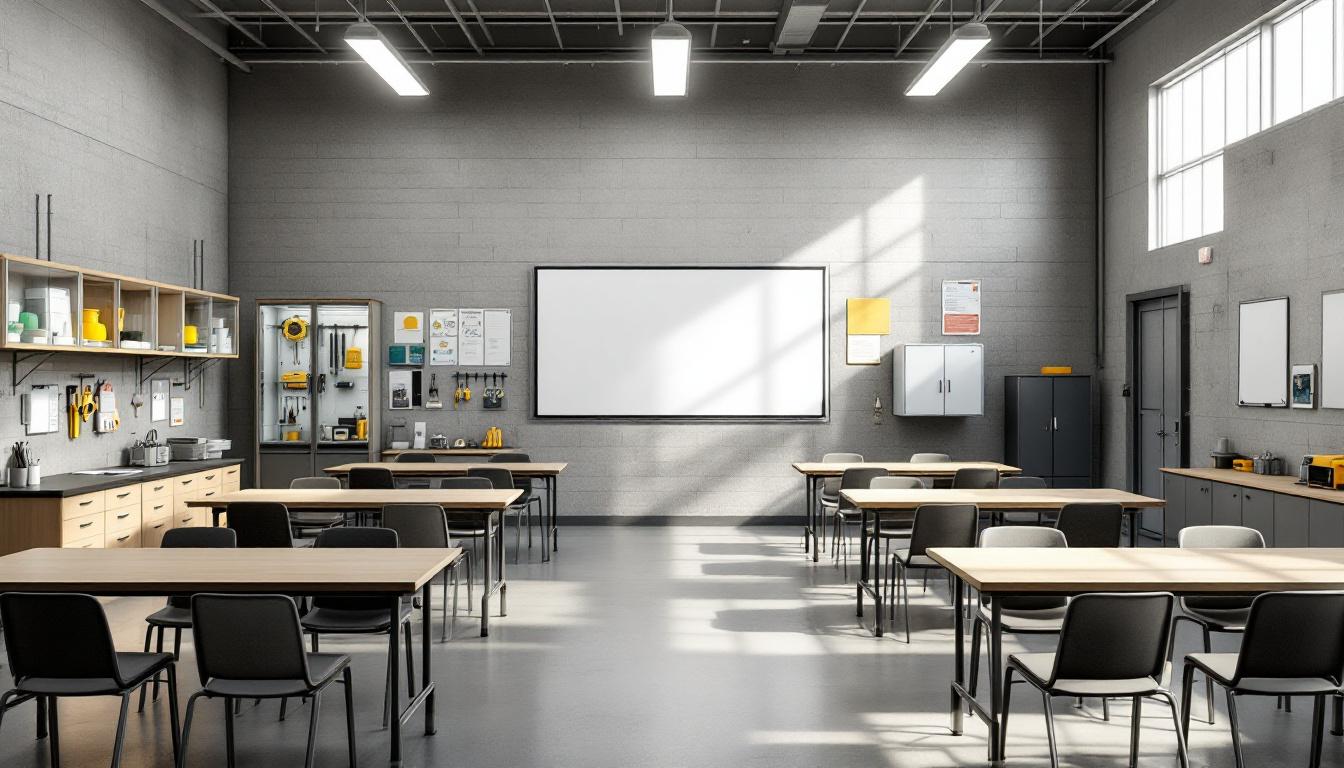
About Carol S. Vance Unit
Rehabilitation and secure custody form the cornerstone mission of the Carol Vance Unit, where structured programming and offender management principles guide daily operations within the Texas correctional system. Located in the Dallas metropolitan area, this TX correctional facility operates as an integral component of the state's comprehensive approach to corrections, emphasizing both public safety and individual accountability through evidence-based practices.
The facility's operational philosophy centers on creating an environment where structure and support intersect to promote positive behavioral change. Those incarcerated services typically encompass educational opportunities, vocational training programs, and therapeutic interventions designed to address underlying factors that may contribute to criminal behavior. Mental health support, substance abuse counseling, and life skills development often form key elements of the programming approach, while maintaining the security protocols essential for safe facility operations.
Within Dallas's broader correctional landscape, the Carol Vance Unit generally maintains classification systems that allow for appropriate housing assignments based on individual risk assessments and program participation levels. The facility's approach to offender management typically emphasizes progressive programming opportunities that may include work assignments, educational advancement, and pre-release preparation services. Through coordinated case management and reentry planning, the correctional facility works to support successful community reintegration while ensuring public safety remains the primary consideration throughout the incarceration period.
Programs & Services
Transformative opportunities await those incarcerated at Carol Vance Unit, where a comprehensive framework of educational and rehabilitative offerings emphasizes personal development alongside institutional security. The facility's approach centers on providing structured pathways that enable individuals to cultivate essential life skills while maintaining the safety protocols necessary for effective correctional operations. Through carefully designed programming, participants may access resources that foster both immediate personal growth and long-term reintegration success.
Educational advancement forms a cornerstone of the facility's developmental approach, with academic coursework typically available to help individuals complete their high school equivalency or pursue further learning opportunities. Vocational training offerings may furnish hands-on experience in various trade skills, allowing those incarcerated to develop marketable competencies that can facilitate future employment prospects. These educational components often include structured learning environments that emphasize both skill acquisition and the disciplined approach necessary for professional success.
In addition to these academic foundations, Carol Vance Unit typically provides an array of support services designed to address the multifaceted challenges individuals face during incarceration and beyond. Work programs may offer practical experience while reinforcing the value of consistent effort and responsibility within a secure environment. Faith-based initiatives often include spiritual guidance and community building opportunities, while specialized offerings focusing on healthy relationships and time management help participants develop crucial interpersonal and organizational skills. Community resource connections may furnish valuable links to external support systems, creating bridges that can prove instrumental in successful reintegration efforts.
Daily Life & Visitation
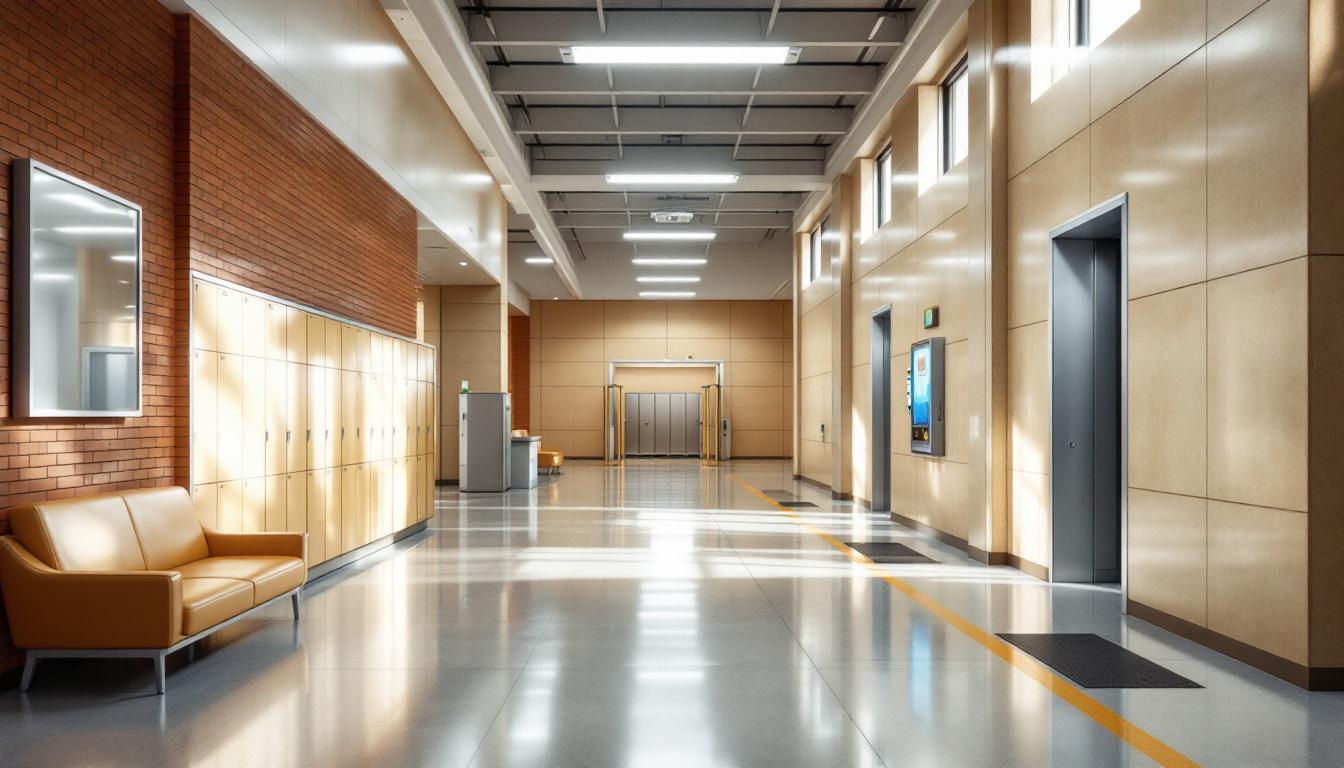
Strong bonds with family members and fellow residents form the cornerstone of resilience for those incarcerated at this Texas correctional facility, where maintaining meaningful connections becomes essential to navigating the structured environment. At present, the daily routine actively revolves around scheduled activities that begin with early morning wake-up calls, followed by facility counts, meal service, and assigned responsibilities that may include work assignments, educational programming, or vocational training. Those incarcerated typically find their days filled with a combination of mandatory activities and opportunities for personal development, as the facility generally operates on a predictable schedule that helps residents establish routines and work toward their rehabilitation goals.
Living accommodations within the facility typically consist of shared housing units where residents are assigned to dormitory-style or cell-based housing depending on their classification level and length of stay. In addition to this structured living environment, meals are generally served in designated dining areas at scheduled times throughout the day, with residents often having opportunities to interact with others during these communal periods. The facility usually provides basic furnishings and allows residents to maintain limited personal property, while commissary services may offer additional items for purchase to supplement daily necessities and provide small comforts that help maintain connections to life outside the facility walls.
Despite this highly regulated environment, recreational activities and exercise opportunities typically furnish important outlets for physical fitness and social interaction, with residents often participating in organized sports, fitness programs, or leisure activities during designated recreation periods. Programming schedules generally include educational classes, vocational training, and counseling services that actively support rehabilitation efforts while allowing residents to build supportive relationships with peers and staff. Family connections remain vital through regular visitation opportunities and communication options such as phone calls and correspondence, enabling those incarcerated to maintain meaningful relationships with loved ones and receive the emotional support that proves essential for successful reintegration into their communities upon release.
Ready to Connect?
Start communicating with your loved one today
Search for an Inmate
